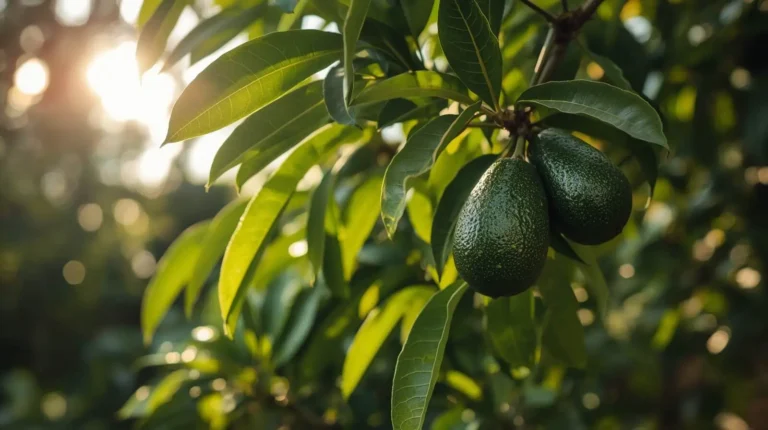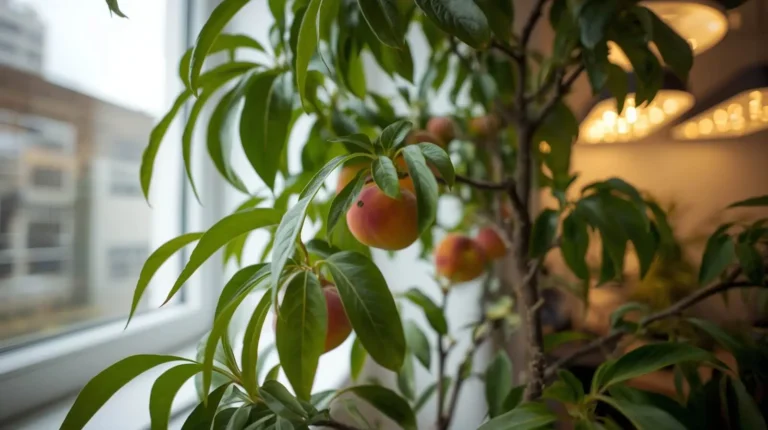When I first started growing a banana tree in my backyard, I chose the Cavendish banana plant because it is low-maintenance, fast-growing, and makes a bold tropical statement in any garden or patio. The Cavendish banana is a cherished staple in homes worldwide, offering sweet fruit with a creamy fruit texture that feels like a small piece of tropical paradise. This giant herb can reach an impressive height with lush foliage, especially in warm, humid climates, which is why both seasoned gardeners and enthusiastic beginners love its cultivation and care. When focusing on cavendish banana plant care, however, there are challenges to consider, such as diseases like Fusarium Tropical Race 4, so understanding the right growing conditions, planting techniques, and care requirements is essential for nurturing resilient plants.
Over time, I learned that the key to a bountiful harvest and preservation of this vital cultivar lies in patience and consistency, even during periods of adversity. By paying attention to soil moisture, sunlight, and airflow, the plant responds beautifully, turning the experience into a rewarding gardening adventure. This approach not only supports proper harvesting but also helps maintain healthy growth and long-lasting plants that bring joy every season.
Understand the Cavendish Banana Plant
When I first learned about Musa acuminata ‘Dwarf’, I understood why it is considered a beloved variety among home growers. This remarkable plant is actually a giant herb, identified by its pseudostem made from tightly packed leaf bases. In the right space, it can reach a height 8 to 10 feet, making it suitable for both garden beds and container planting. The cavendish banana plant naturally belongs to warm humid climates, where ideal temperatures 75°F to 95°F (24°C to 35°C) support strong growth. To help it thrive, it should receive full sun and direct sunlight 6 to 8 hours daily. Paying attention to these growing conditions allows the plant to stay healthy and productive.
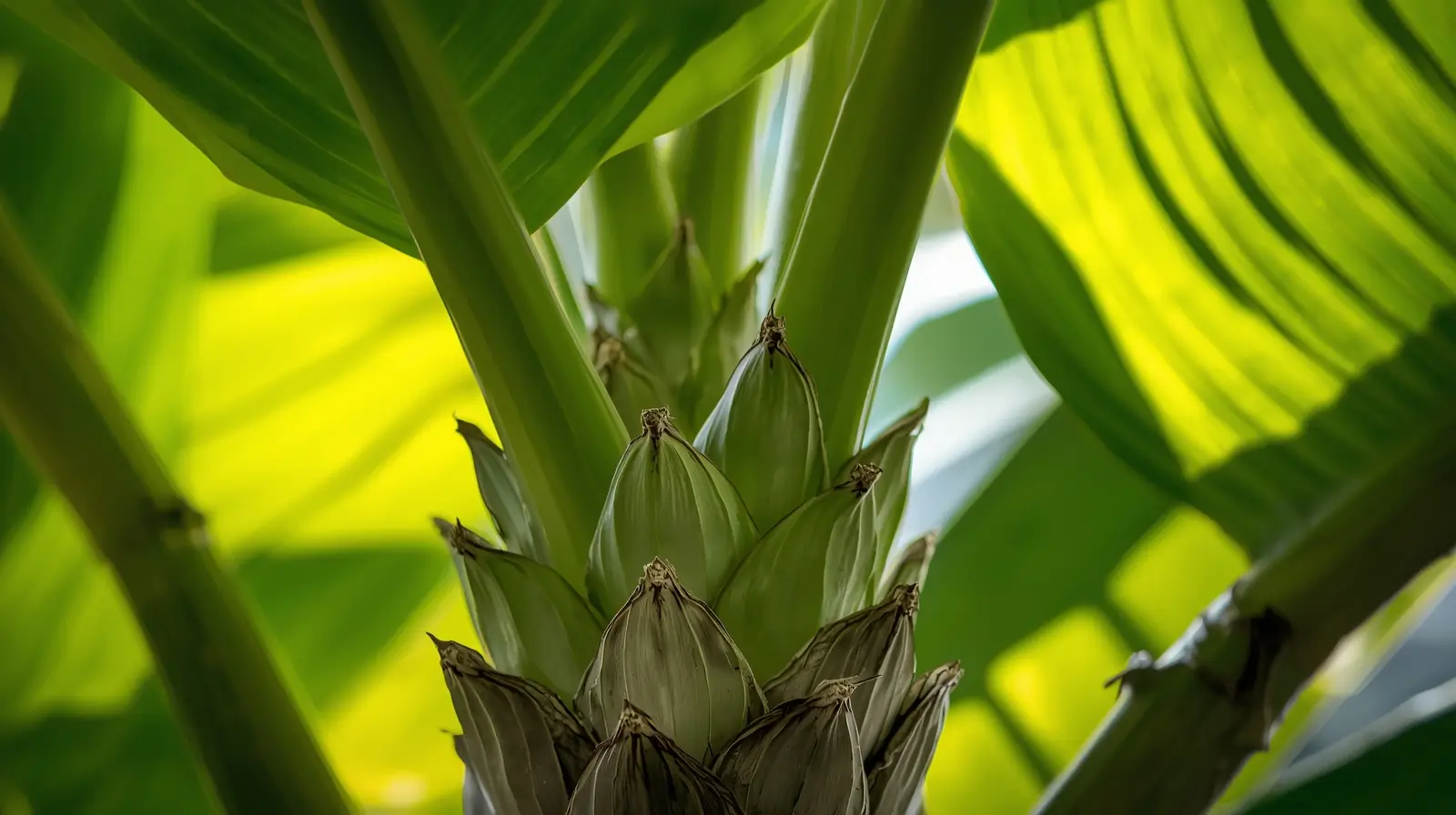
Conversations within the FAO Intergovernmental Group on Bananas and Tropical Fruits highlight the importance of healthy production, especially with concerns about Fusarium Tropical Race 4 (TR4). This disease has impacted 21 producing countries, so choosing reputable suppliers who provide Disease-free stock is essential. I remember reading insights from Dr. Gert Kema, who compared the situation to the previous crisis with the Gros Michel variety, reminding growers to select robust types and practice proper care from the start. This helps protect the plant and supports the long-term preservation of this valuable species.
With attention and patience, the benefits of growing this plant are rewarding. Its high yield, adaptability, and successful cultivation make it a wonderful fruiting companion in the home landscape. When conditions are right, the plant produces a bountiful harvest of delicious fruit, bringing real satisfaction to those who nurture gardens and enjoy cultivating variety. For me, the process is not just gardening—it is a small moment of joy found in watching something grow, strengthen, and eventually nourish those around me.
Plant Your Cavendish Banana Correctly
When I first planted my Cavendish, I chose a sunny spot in the garden and sometimes a spacious container when space was limited. Giving it 6 to 8 hours of sunlight each day truly made a difference in its thriving growth.
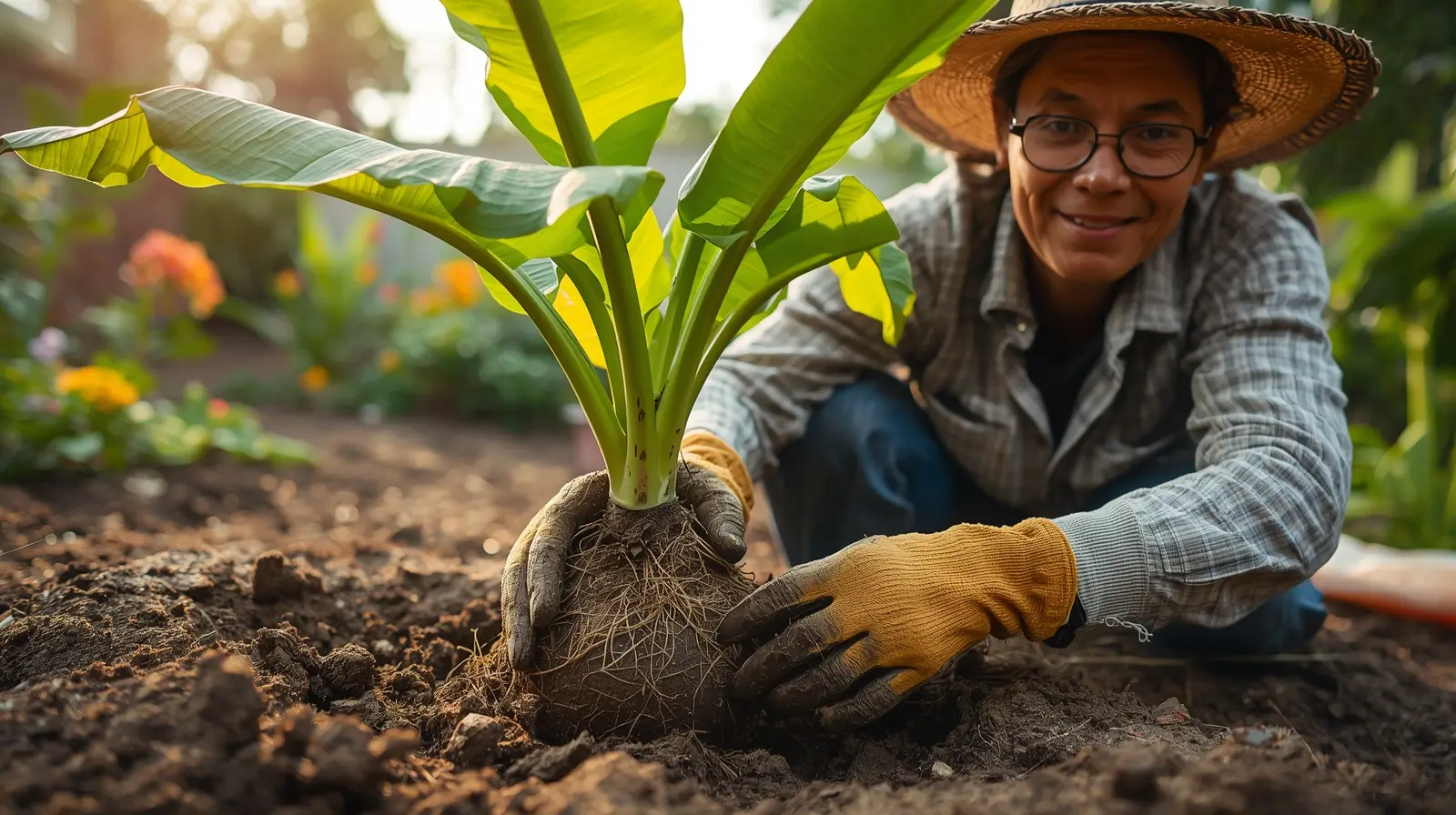
- Mix a well-draining mixture using nutrient-rich mixture of 40% compost, 30% perlite, and 30% coconut coir to support roots.
- Keep pH slightly acidic to neutral (5.5 to 7.0) and test your soil, using adding lime or sulfur as needed.
- Dig the hole twice the width and same depth of the root ball for your fruit tree so roots can roots expand naturally.
- During planting, place the banana vegetation level with earth’s surface, remove air pockets, and perform thorough watering.
- Keep soil consistently moist but avoid waterlogging, maintain spacing 4 to 5 feet for expansive leaves and proper airflow.
I like to incorporate organic matter to improve soil structure, fertility, moisture retention, and nutrient supply. After it’s harvested, I focus on removing used pseudostems and use them as mulch to retain moisture and enrich the soil, helping the cycle continue smoothly.
Read Also: 3+ Best Banana Plant Fertilizers for Faster Growth
Maintain and Care for Your Cavendish Banana
When I began to nurture my Cavendish banana plant, I realized the importance of following essential care guidelines that support steady growth and strength. During the growing season, keeping the soil consistently moist and understanding the plant’s needs helped my plant thrive.
- Watering is key—water thoroughly when the top 2 inches of soil feel dry and use efficient irrigation practices like measuring soil moisture and adding mulch to retain moisture.
- Be careful to prevent overwatering because it can cause root rot, which affects vitality.
- Apply fertilization with a balanced fertilizer such as 10-10-10 NPK every 4 to 6 weeks to support healthy growth and fruit production.
- As the plant begins to bloom, reduce high-nitrogen fertilizers and increase potassium to boost fruit growth—a tip inspired by gardening specialist Amy Grant.
- Perform pruning by removing dead or damaged leaves to improve promoting airflow and reducing disease risks, especially after harvesting when you cut back fruiting stalk to encourage new growth.
- Practice mulching with organic mulch, coco coir, and perlite to improve enhance soil drainage, aeration, and suppress weeds while supporting long-term vigor.

I also focus on pest management, checking for aphids and spider mites, and using insecticidal soap or neem oil to manage infestations gently. When the fruiting tree grows and doubles in size, I perform repotting once a year to maintain continued healthy growth, vitality, and to cultivate healthy banana plants that flourish and yield bountiful produce. This process is a meaningful gardening journey rooted in patience, learning, and dedication.
Troubleshoot Common Cavendish Banana Issues

When I cared for my Cavendish banana plants, I learned that staying attentive helps maintain plant health and encourages them to flourish. Many growers face similar challenges, but recognizing signs early can make a significant difference.
- Yellowing leaves may signal nutrient deficiency or overwatering, so monitor soil moisture and use a balanced fertilizer to support sustaining plant health.
- If you notice stunted growth, ensure adequate sunlight, proper nutrients, and avoid plants becoming crowded by relocating them to a larger area if needed.
- Pests such as aphids and spider mites can be controlled with insecticidal soap or neem oil to help your plants thrive.
- In cases of root rot, sufficient watering balance is key—remove from soil, trim affected roots, and repot in fresh well-draining soil to revive plant and restore vitality.
- Watch for fungal diseases like leaf spots, and enhance air circulation, avoid overhead watering, and decrease humidity to protect the health of vegetation.
Read Also: 3+ Shocking Reasons Your Banana Plant Leaves Are Turning Brown
I often reflect on how smallholder farmers rely on revenue from banana cultivation, contributing to economic stability in many households, sometimes upwards of 75% monthly household earnings. By prompt addressing of issues, we produce fruit effectively, support a bountiful harvest, and cultivate a vibrant tropical garden that becomes a nurturing, fruitful environment guided by care and patience.
Conclusion
Caring for a Cavendish banana plant is a rewarding experience that blends patience, observation, and simple gardening habits. From choosing the right planting conditions to maintaining proper moisture, sunlight, and nutrition, each step supports stronger growth and healthier fruit production. Taking time to monitor signs of stress—like pests, diseases, or watering issues—helps your plant stay resilient. With thoughtful care and small adjustments along the way, your Cavendish banana plant can flourish into a thriving, productive feature in your garden, enriching both your space and your daily life.
Read Also:
- Gardening & Plant Care Guide for Thriving Plants
- Tropical Fruit Trees: Grow Exotic Paradise at Home (Guide)
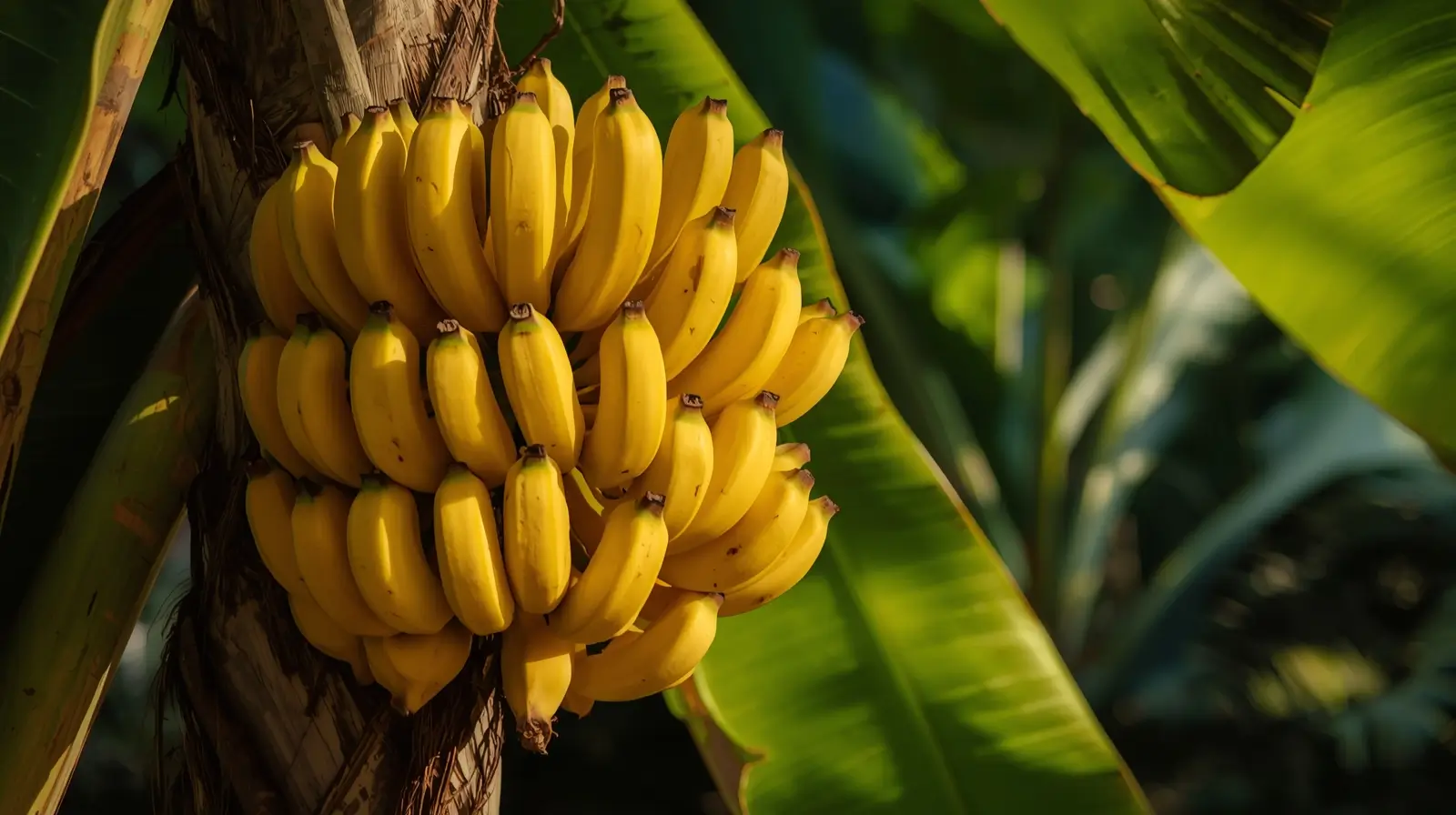
FAQs
- How long does it take for a Cavendish banana plant to produce fruit?
On average, a Cavendish banana plant takes around 9 to 15 months to produce fruit, depending on climate, care, and growing conditions. - Should I grow my Cavendish banana plant in the ground or a container?
You can grow it in either. Choose the ground for maximum growth or a spacious container if you have limited space or need portability. - How often should I water my Cavendish banana plant?
Water when the top 1–2 inches of soil feel dry. Keep soil moist but never soggy, as overwatering can cause root rot. - Do Cavendish banana plants need fertilizer?
Yes. A balanced fertilizer during the growing season supports healthy leaves and better fruiting. Switch to a higher-potassium blend when flowering begins. - Why are my banana leaves turning yellow?
Yellowing leaves may indicate nutrient deficiency, overwatering, or poor soil drainage. Check each factor one at a time to identify the cause.


